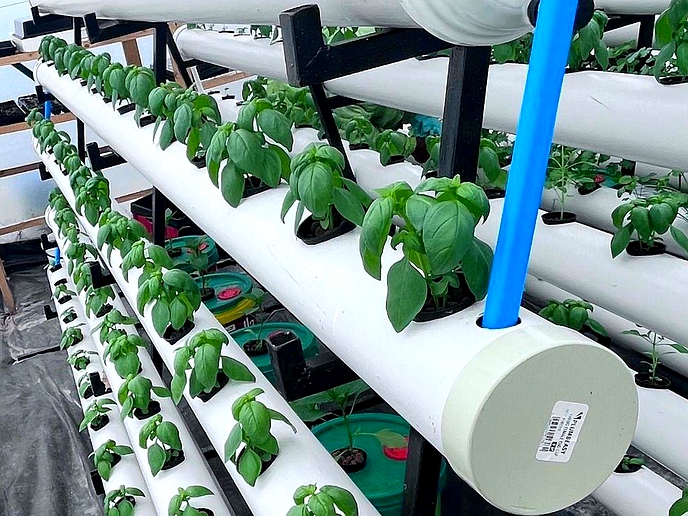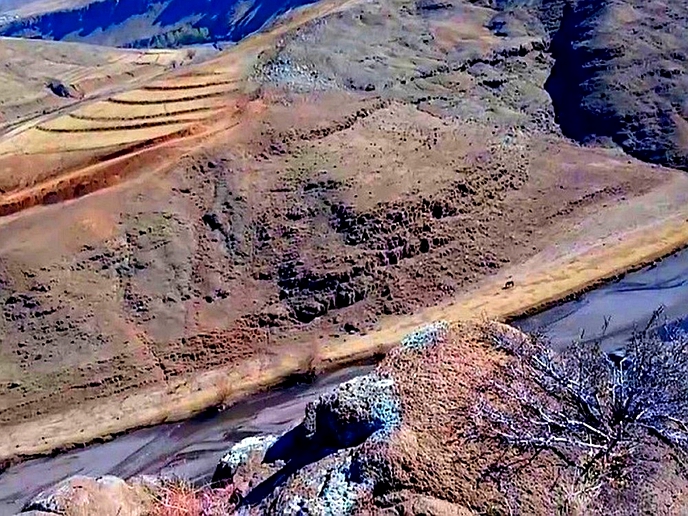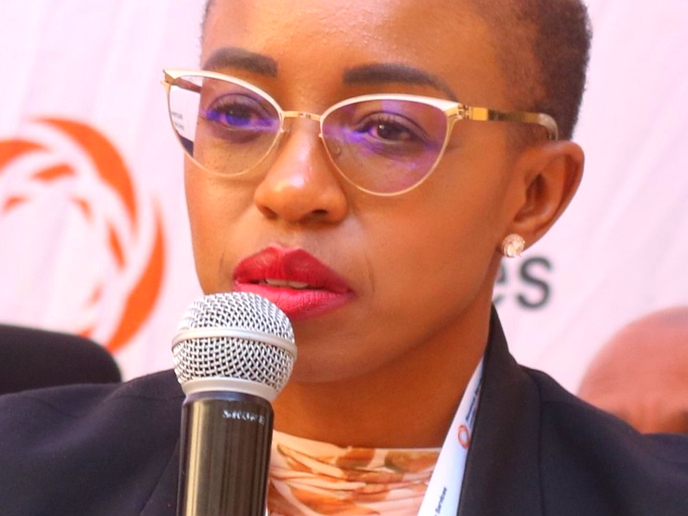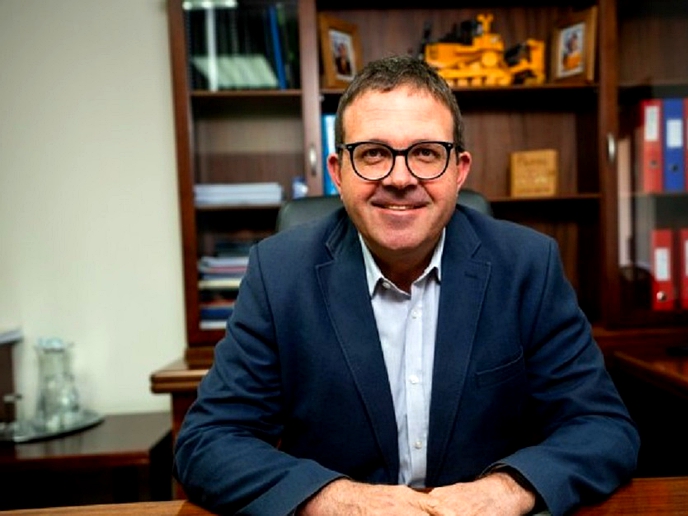DESPITE securing new multi-year funding from jurisdictions such as Monaco for resilience-building activities, the World Food Programme (WFP) Lesotho requires USD 71.7 million (M1 304 413 005.00) for the remainder of its Country Strategic Plan (CSP) running until June 2024.
business
June 20, 2023
NEO SENOKO
3 min read
WFP requires over M18 billion to complete its strategic plan in Lesotho
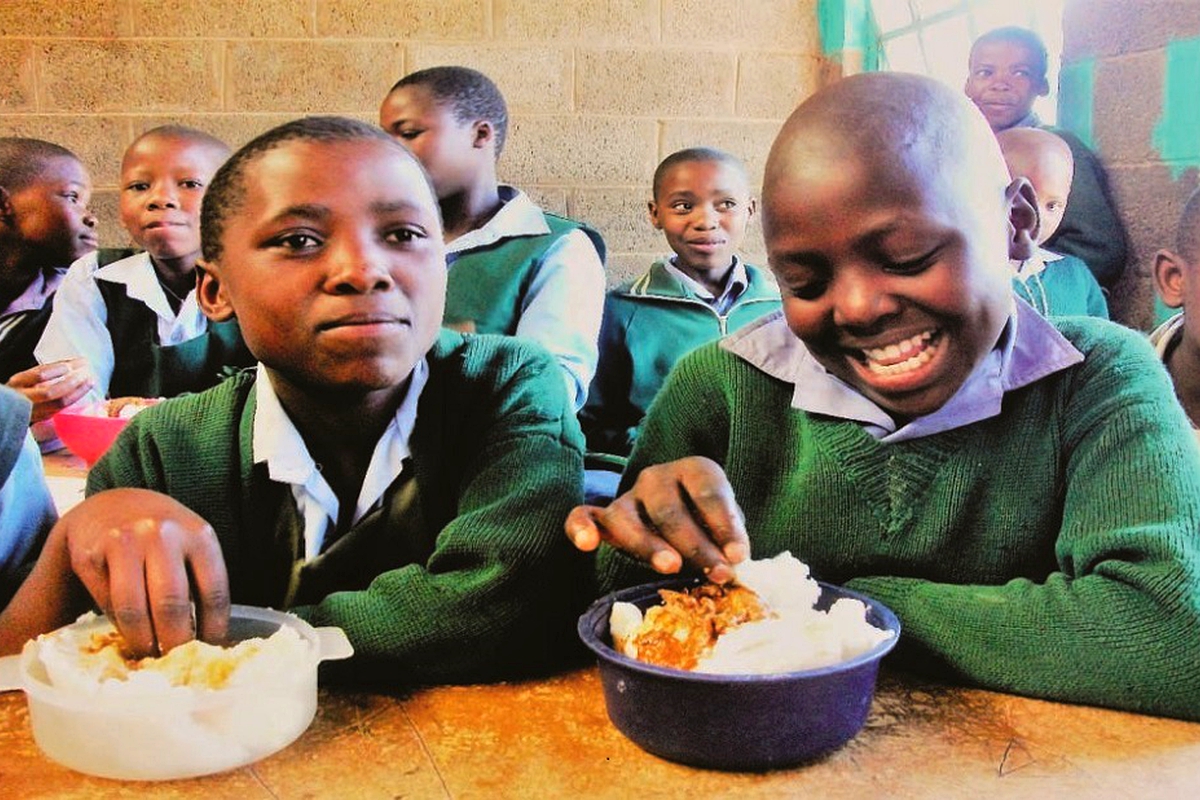
Story highlights
The organisation revealed this week in its 2022 annual country report that it is appealing for more funding for the remaining period.
“WFP secured new multi-year funding from Monaco to promote the home-grown school feeding programme and from the Latter-Day Saint Charities for resilience-building activities. WFP continues to appeal for more funding for the remaining period of this CSP, with USD 71.7 million required for the remainder of its CSP until June 2024,” WFP revealed.
For instance, less funding was received and spent in the past fiscal year compared to 2021, and the effect of this funding shortfall was mostly felt in areas of crisis response, where there was over a 68 percent (USD 4 million) drop in funding.
A similar drop in funding also heavily affected activities under the WFP strategic outcome, which focuses on strengthening sustainable and resilient food systems and building the resilience of vulnerable and marginalised groups by increasing agricultural productivity, market access, livelihood diversification, and the income of smallholder farmers.
These are key to achieving food security and nutrition objectives while stimulating economies and reducing poverty. The actual resources spent in this area were around 50 percent less than in 2021.
The organisation relied on multi-year funds, such as those from the Adaptation Fund, for long-term projects like resilience-building activities. WFP also secured direct contributions from other donors, such as Japan for school feeding, Germany for crisis response, and the European Civil Protection and Humanitarian Aid Operations, as well as some funding from the United Nations SDG budget for early warning, results, and an accountability framework for improving the nutrition status in the country.
To further put more emphasis on the lack of funding in the past fiscal year, the organisation also revealed that its strategy, which seeks to ensure that shock-affected people in Lesotho are able to meet their basic food and nutrition needs during times of crisis, was underfunded, with actual expenditure standing at USD 1.9 million, which is USD 4 million less than 2021 expenditure.
Another shortfall was seen in its strategy, which seeks to ensure that vulnerable populations benefit from strengthened social protection systems. The total expenditure of USD 3.2 million, however, represents just 41 percent of the 2022 needs-based plan of USD 8 million.
Enjoy our daily newsletter from today
Access exclusive newsletters, along with previews of new media releases.
No results have been reported in other strategies, such as the one that seeks to ensure that the government and partners have access to effective and reliable services throughout the year.
“In 2021, WFP signed a service level agreement with the United Nations Environment Programme on the procurement of high-power computing equipment. However, this service request did not materialise due to several reasons, including the complexity of the procurement coupled with unclear and changing specifications and sourcing challenges associated with COVID-19 that resulted in a reduced footprint and limited supplier response tenders,” the report says.
WFP extended the contract from 2022 to 2026 to allow for the delivery of the equipment and its implementation.
As it stands, the organisation completed the third and a half year of its five-year (2019–24) country strategic plan with a funding level of 34 percent (USD 57.2 million) of its USD 168 million needs-based plan. The initial budget was revised in 2022 to increase it from USD 123 million to USD 168 million due to increased needs resulting from COVID-19 and frequent climate shocks, such as heavy rains.
Tailored for you



